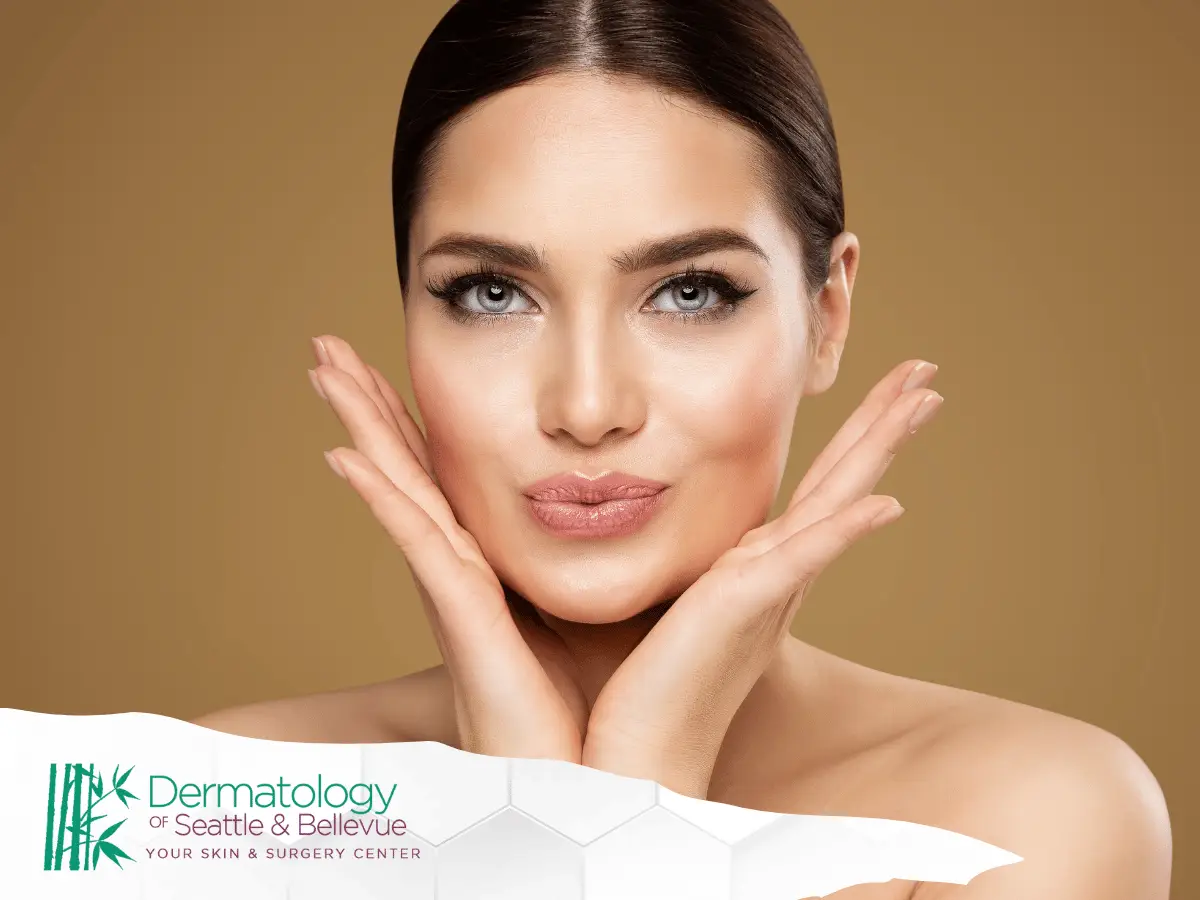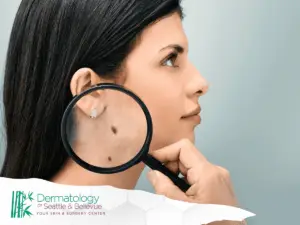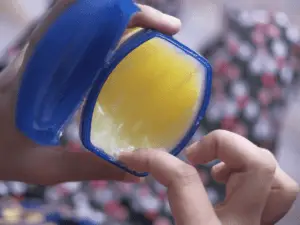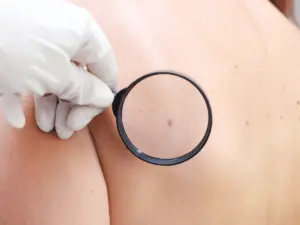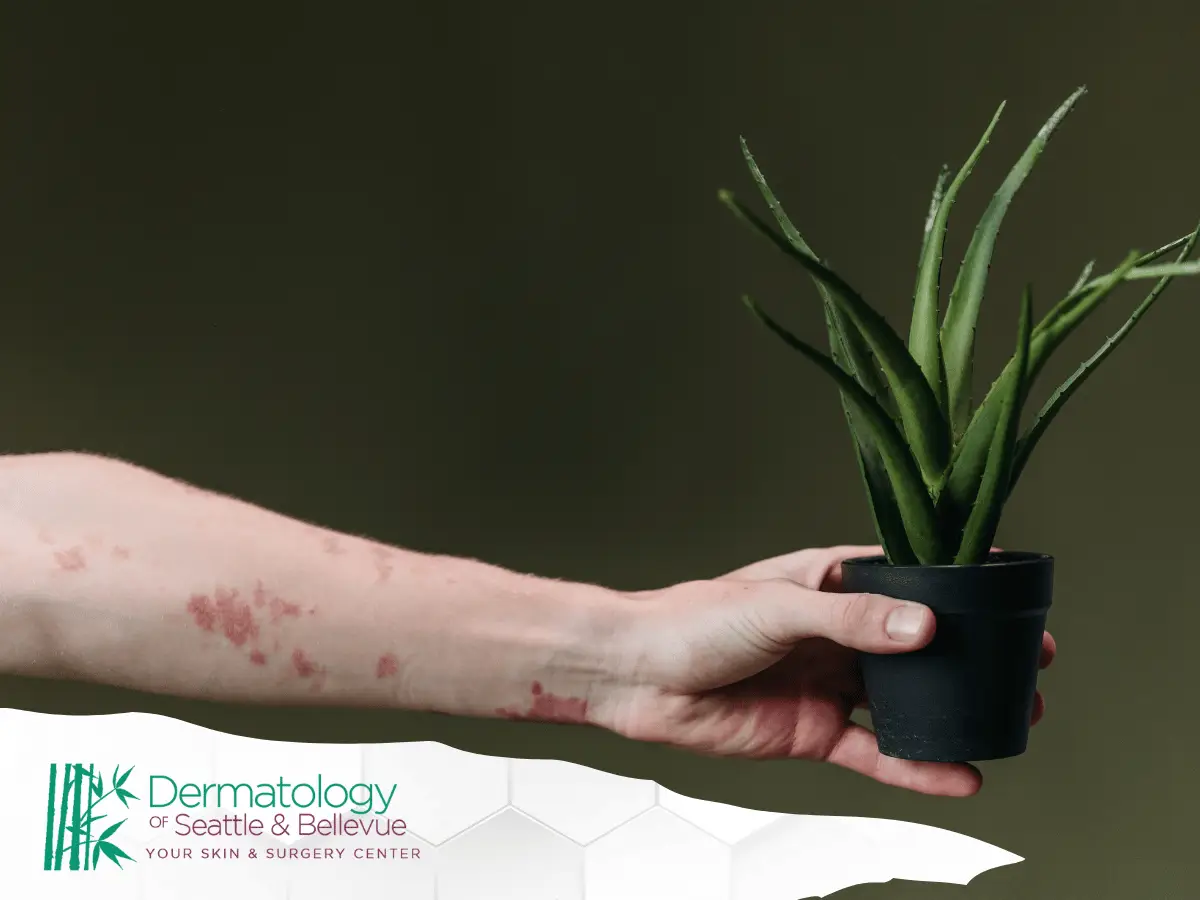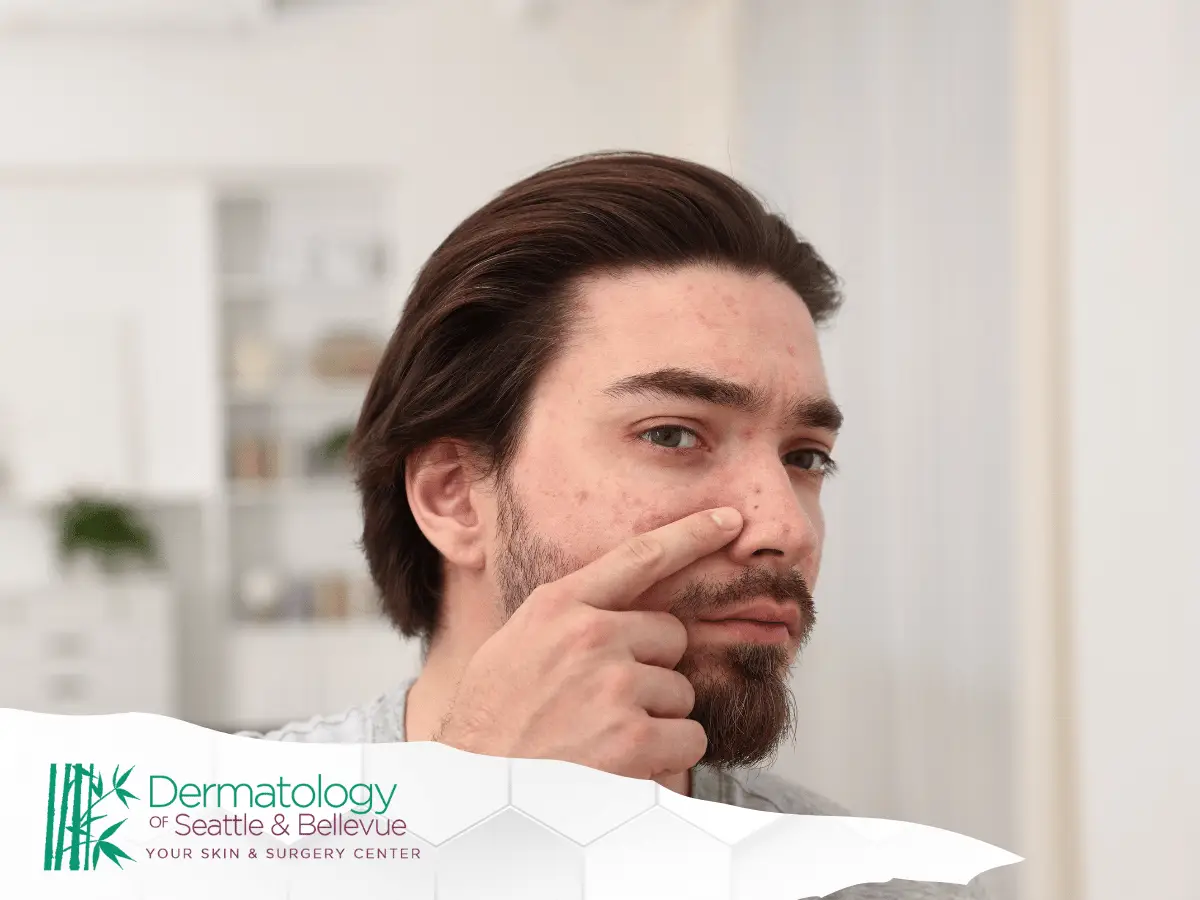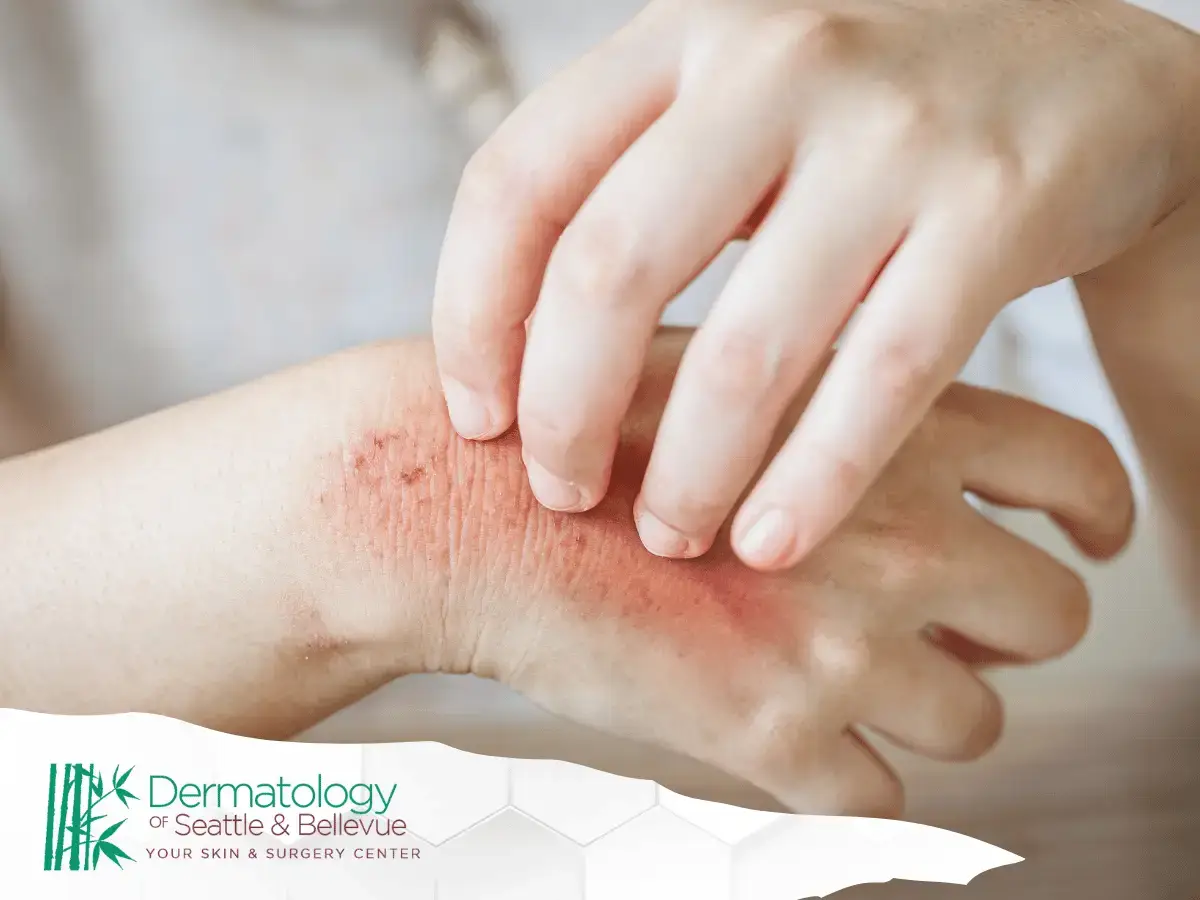In the Pacific Northwest, where outdoor activities and a natural beauty aesthetic are highly valued, more people are exploring cosmetic treatments that deliver subtle, youthful results without invasive surgery. Dermal fillers and Botox are two of the most popular options for patients seeking smoother skin, refined facial features, and a refreshed appearance. Understanding the differences between these treatments helps you decide which fits your lifestyle, goals, and daily routine.
Quick Summary
- Botox (botulinum toxin) relaxes facial muscles to reduce dynamic wrinkles like forehead lines, crow’s feet, and frown lines; results appear in 3–7 days and last about 3–4 months.
- Dermal fillers (often hyaluronic acid) add volume to soften static wrinkles and enhance contours in areas like lips, cheeks, under-eyes, jawline, and smile lines; results are often immediate and can last 6–18 months (sometimes longer).
- Key differences include how they work (muscle relaxation vs. volume replacement), timing (delayed vs. immediate), longevity, and best treatment areas.
- Many patients combine Botox and fillers to address both expression-related lines and volume loss for balanced, natural-looking results without surgery.
- Both treatments are quick, non-surgical office procedures with minimal downtime, but a board-certified dermatologist should assess goals, safety, and create a personalized plan.
Understanding Botox: How It Smooths Wrinkles
Botox, short for botulinum toxin, works by temporarily relaxing facial muscles that cause expression lines. These muscle contractions are responsible for dynamic wrinkles—like forehead lines, crow’s feet around the eyes, and furrows between the eyebrows. Botox injections reduce the appearance of wrinkles by limiting repeated movements, creating a smoother look while maintaining natural facial expressions.
- Most procedures take less than 30 minutes.
- Results typically appear within 3–7 days.
- Effects last about 3–4 months before touch-ups are needed.
What Dermal Fillers Do for Facial Contours
Dermal fillers, most often made from hyaluronic acid, add volume beneath the skin to enhance facial contours and soften static wrinkles. Unlike Botox, which relaxes muscles, fillers plump up areas where volume loss occurs due to aging. Common uses include lip augmentation, smoothing lines around the mouth, restoring fullness to the cheeks, and improving the overall appearance of wrinkles caused by thinning skin. By replenishing volume, fillers restore balance to facial features and support a more youthful appearance.
Botox and Fillers: Key Differences Explained
While both treatments target wrinkles and signs of aging, Botox and dermal fillers work in very different ways. Botox relaxes the facial muscles that create dynamic wrinkles, while fillers restore volume to soften static wrinkles and enhance contours. The key differences come down to:
- Mechanism: Botox reduces muscle activity; fillers add structure beneath the skin.
- Timing of results: Botox takes a few days to show full results, while fillers often deliver immediate changes.
- Longevity: Botox results last 3–4 months; fillers can last 6–18 months, depending on the type and area.
- Treatment goals: Botox is ideal for forehead lines, crow’s feet, and frown lines. Fillers excel in lips, cheeks, and areas where volume loss has occurred.
Comparing Treatment Areas and Expected Results
Knowing where each procedure works best helps patients set realistic expectations:
- Botox: Forehead, eyebrows, crow’s feet, frown lines, and dynamic wrinkles caused by repeated facial movements.
- Fillers: Lips, cheeks, jawline, under-eyes, and smile lines where volume loss contributes to the appearance of wrinkles.
- Combined approach: Many patients achieve the most natural results by pairing Botox with fillers, addressing both expression-related lines and volume depletion.
Addressing Dynamic Wrinkles vs. Static Wrinkles
Dynamic wrinkles form from repeated facial movements like smiling, frowning, or raising your eyebrows, and Botox is the preferred treatment to smooth them. Static wrinkles, however, remain visible even when your face is at rest and are best addressed with dermal fillers. Together, these treatments create a balanced strategy to smooth wrinkles, restore volume, and enhance facial features without resorting to surgical options.
Treatment Options for Lips, Cheeks, and Eyes
Different areas of the face respond better to either Botox or dermal fillers depending on the type of concern.
- Lips: Fillers are the go-to option for lip augmentation, restoring volume, defining borders, and smoothing fine lines around the mouth.
- Cheeks: Dermal fillers restore fullness lost with aging, lifting the mid-face and improving overall facial contours.
- Eyes: Botox helps reduce crow’s feet and smooth wrinkles caused by repeated squinting, while fillers can address hollow under-eyes or tear troughs.
This area-specific approach allows treatments to be customized for natural results that align with each patient’s aesthetic goals.
Results: How Long Do Botox and Fillers Last?
The longevity of results varies depending on the product used, treatment area, and the patient’s metabolism.
- Botox typically lasts 3–4 months before repeat injections are recommended.
- Hyaluronic acid fillers in areas like lips may last 6–9 months, while cheek fillers often last up to 12–18 months.
- Some advanced fillers can maintain results for over 2 years in less mobile areas.
Patients who schedule regular maintenance treatments usually experience more consistent, natural-looking results over time.
Injections, Procedures, and What Patients Can Expect
Both Botox and filler procedures are non-surgical and relatively quick, often completed during a standard office visit.
- Botox injections: Delivered in tiny amounts with fine needles, causing minimal discomfort.
- Dermal fillers: Placed beneath the skin to plump or contour targeted areas, sometimes with added numbing agents for comfort.
- Downtime: Most patients return to normal activities immediately, though temporary redness, swelling, or mild bruising can occur.
For many patients, these minimally invasive procedures provide a convenient way to enhance natural beauty without the recovery time associated with plastic surgery.
Benefits of Choosing Non-Surgical Cosmetic Treatments
For patients seeking aesthetic improvements without major downtime, Botox and dermal fillers offer distinct benefits.
- Convenience: Most treatments take less than an hour, making them easy to fit into a busy lifestyle.
- Minimal recovery: Patients typically return to daily activities right away.
- Customizable results: Both treatments can be tailored to specific areas of the face and individual aesthetic goals.
- Youthful appearance: Combined approaches can smooth wrinkles, restore lost volume, and enhance facial features for balanced, natural beauty.
These advantages make Botox and fillers appealing alternatives to surgical options for those who want to refresh their appearance with subtle but effective results.
Expert Advice: When to Consult a Dermatologist About Aesthetic Treatments
Before starting Botox or filler treatments, consulting with a board-certified dermatologist ensures the safest and most effective outcomes. A dermatologist can:
- Assess skin health and recommend the best procedure for your goals.
- Explain the differences between Botox, dermal fillers, and other aesthetic treatments.
- Design a personalized treatment plan that considers your facial muscles, skin type, and long-term results.
- Offer ongoing expert advice for maintaining results and adjusting treatments as your face changes with aging.
Conclusion: Matching Your Treatment to Your Aesthetic Goals
Deciding between dermal fillers vs. Botox: which cosmetic treatment fits your PNW lifestyle? comes down to your unique goals and lifestyle. Botox is ideal for smoothing dynamic wrinkles caused by facial expressions, while fillers restore volume and address static wrinkles. For many patients, combining the two offers the best balance of results. With expert guidance, these procedures help maintain natural beauty and support a youthful appearance without surgery.
Disclaimer: Educational Purposes Only
This article is for educational purposes only and should not replace professional medical advice. Always consult a qualified dermatologist or licensed provider before undergoing Botox, dermal fillers, or any other cosmetic treatments.

